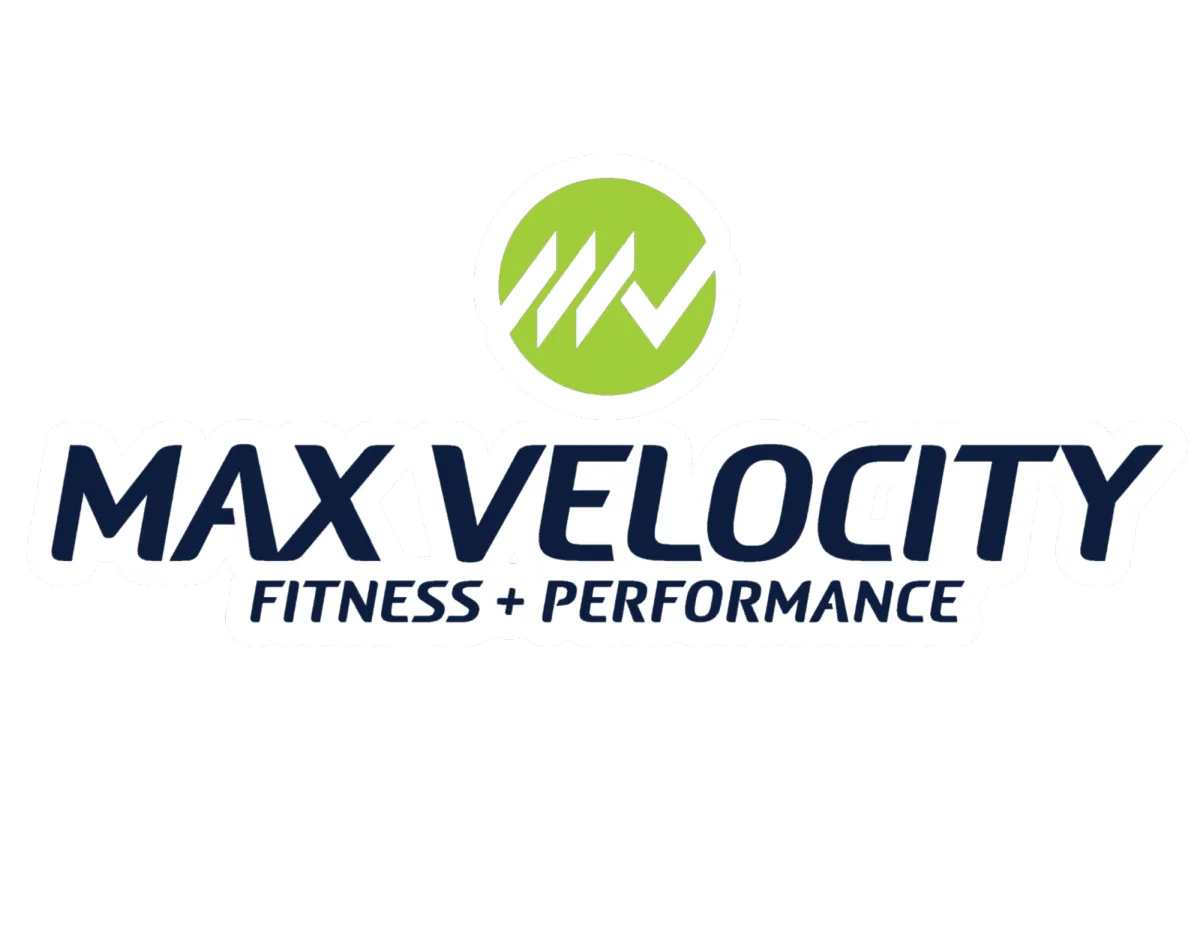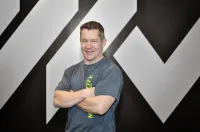
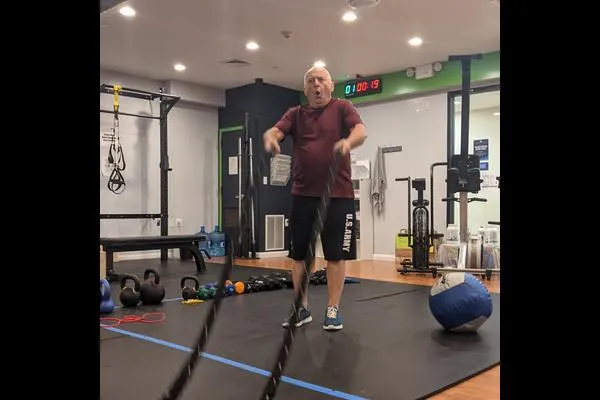
How to fight Father Time: The 4 pillars of exercise for longevity
By Ken Berger
You never think it'll happen to your parents. But there I was, watching my 77-year-old mom struggle to get out of her favorite armchair. She'd always been active; but over the years, she began to decline. The pandemic isolated her, and the sudden slowdown activity began to take its toll.
"I just need a minute," she said, frustration clear in her voice. But a minute turned into five, and I realized this wasn't just a moment of weakness. This was the result of years of gradual muscle loss and decreased activity.
Have you ever worried about losing your independence as you age? Or watched a loved one struggle with simple tasks they once did effortlessly?
You're not alone. But there's hope.
The Silent Decline
Here's something that might surprise you: From age 25 onwards, we're all slowly losing muscle mass. It's a natural part of aging, but that doesn't mean we can't do something about it.
Let's break it down:
- From birth to 25, you're gaining muscle.
- From 25 to 75, you're slowly losing it (about 8-10% per decade).
- After 75, the loss accelerates dramatically.
But here's the kicker: It's not just about muscle. Activity levels fall off a cliff, too. It's all illustrated in these graphs from a study published in the American Journal of Clinical Nutrition.
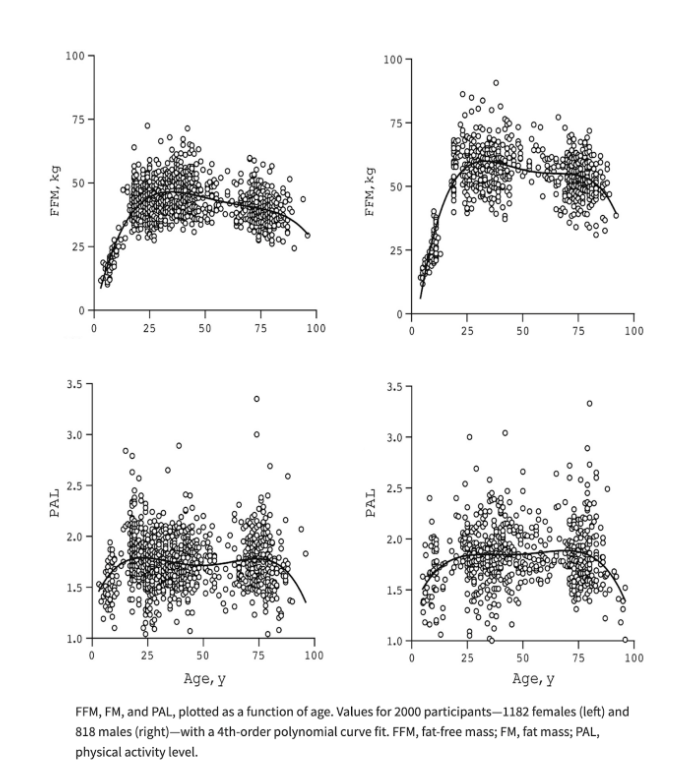
Think of it like a seesaw. Less muscle means less strength … and less activity. Less activity means less muscle. It's a cycle that can be hard to break.
But what if I told you there's a way to keep that seesaw balanced, even as you age?
The Four Pillars of Lifelong Fitness
Enter what longevity expert Dr. Peter Attia calls the four pillars of exercise. They're your secret weapon against age-related decline:
1. Stability
2. Strength
3. Aerobic efficiency
4. Peak aerobic output
"Wait," you might be thinking, "I walk every day. Isn’t that enough exercise?" Not by a long shot. Walking is essential, too … but not at the expense of any of these pillars if you want to stay active and independent as you age.
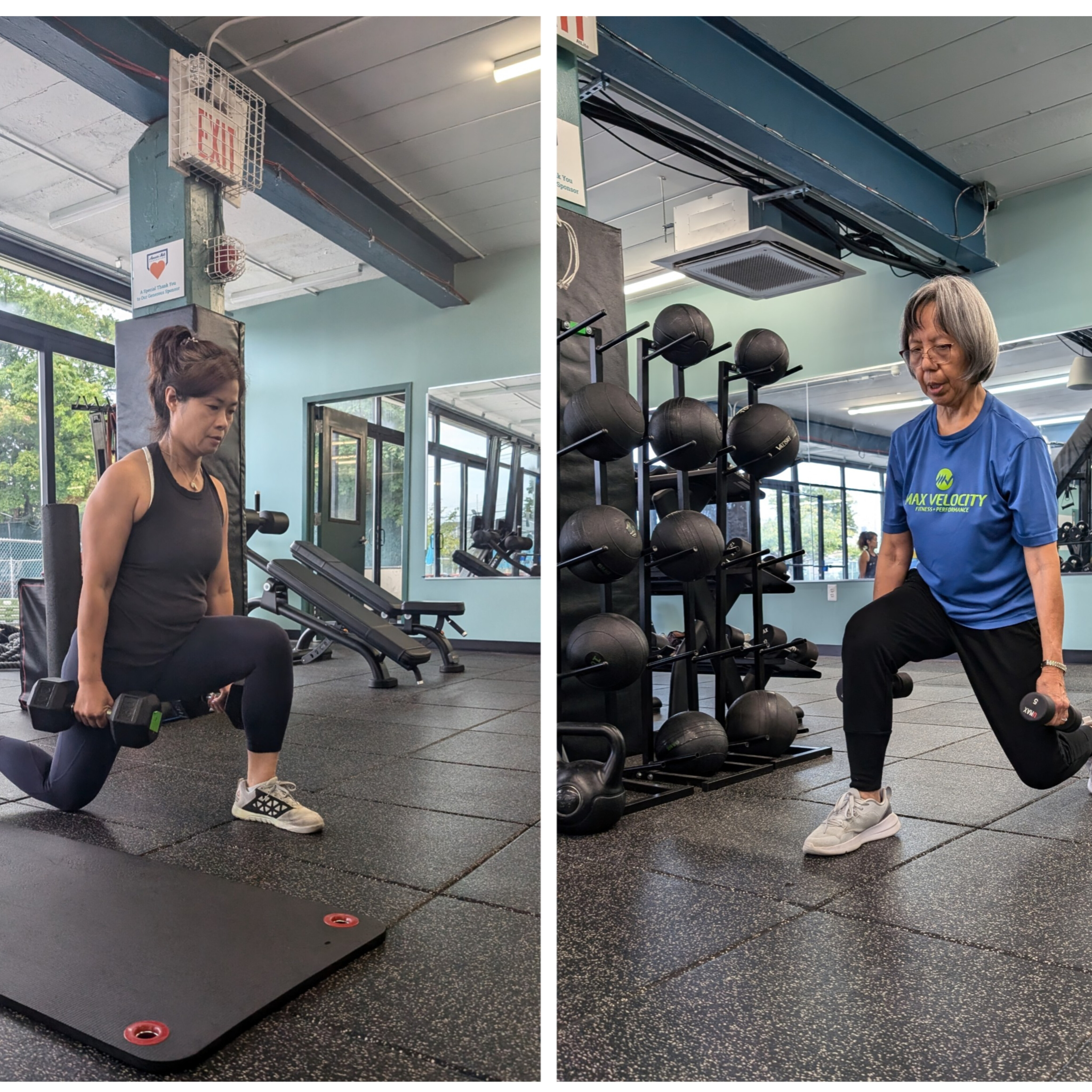
Let's break them down.
Stability: It's Not Just About Balance
When you hear "stability," you might think of standing on one leg. But it's so much more. Stability is about:
- Dissipating force safely
- Maintaining balance
- Improving flexibility
Think of stability as the foundation of a house. Without it, everything else crumbles.
Strength: Your Life Preserver
Strength training isn't just for bodybuilders. It's your best defense against muscle loss. Regular strength training can:
- Preserve muscle mass
- Strengthen bones
- Improve metabolism
Remember: If you’re inexperienced, start with bodyweight exercises first before progressing to weights.
Aerobic Efficiency: Your Daily Energy Booster
This is all about improving your body's ability to use oxygen efficiently. It's what helps you:
- Climb stairs without getting winded
- Play with your grandkids without tiring
- Enjoy long walks with friends
The key? Consistent, moderate-intensity exercise like brisk walking or cycling so you can build a wide aerobic base.
Peak Aerobic Output: Your Health Insurance Policy
Think of this as your body's maximum capacity for exercise. It's important because:
- It's a strong predictor of longevity
- It improves your overall fitness
- It helps you handle life's unexpected physical challenges

High-intensity interval training is great for this, but always start slowly and progress gradually.
Starting From Scratch (Or Starting Over)
Now, you might be thinking, "This sounds great, but I haven't exercised in years. Where do I start?"
Don't worry. The most important thing is to start somewhere. Here's how:
1. Start with walking. Aim for 5,000 steps a day on flat ground.
2. Add some weight. Once you're comfortable walking, try carrying a light backpack. This is called "rucking" and it's great for building strength and stability.
3. Try bodyweight exercises. Wall sits, box squats, and push-ups against a wall are all great options.
4. Focus on quality, not quantity. It's better to do a few exercises with good form than many with poor form.
5. Be consistent. Aim to do something active every day, even if it's just a short walk.
Remember: Progress, not perfection. Every step counts.
The Long Game
Once you’ve developed some stability, strength, aerobic capacity and confidence, it’s time to ramp up the intensity. It’s important to check with your doctor before starting an exercise program. Once your doctor gives you the green light, it’s important to work with a trainer who has experience with clients your age so you maximize your results in a safe, injury-free way.
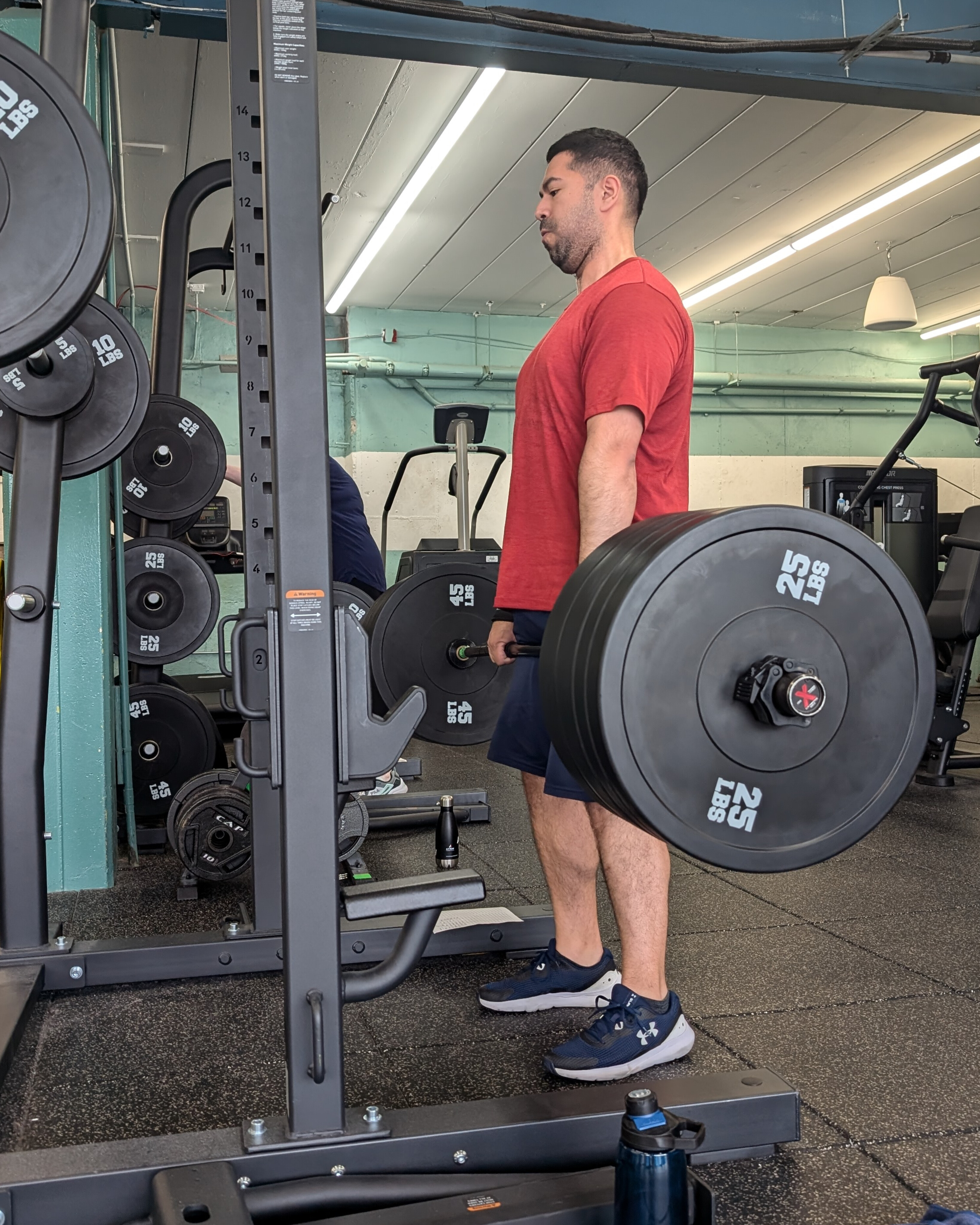
You don’t have to be Mr. or Ms. Olympia, but studies have shown that people who lift weights that are relatively heavy for them (about 60-80 percent of their one-rep max) maintain their lean mass and muscle function better than those who lift light weights or not at all. Interestly, this was even shown to be true for several years after the subjects stopped lifting weights!
As far as “cardio,” the importance of having a high VO2 max – the amount of oxygen you can consume during intense exercise – cannot be overstated. The data show that in order to be capable of more than just walking on flat ground when you’re over 75, you need a VO2 max of a person two decades younger than you at an elite level when you are in middle age!
And you’re not going to achieve a high enough VO2 max in your 50s, for example, simply by walking. This can only be achieved through consistent bouts of intense exercise, preferable under the guidance and supervision of a knowledgeable trainer.
So yes, you should take it slow in the beginning. But eventually, the weights need to be heavy and the cardio needs to be intense to achieve the desired results.
The Long-Term Payoff
Sticking with an exercise routine that incorporates all four pillars can:
- Help you maintain independence
- Reduce your risk of falls and injuries
- Improve your overall quality of life
- Keep you doing the activities you love for years to come
Think of it as akin to saving for retirement. It’s never too late to start … but the sooner you start, the better.
Your Next Step
Remember the story about my mom? After her wake-up call, she started a simple strength training routine. It wasn't easy at first, but she stuck with it. Six months later, she was not only getting out of her chair easily but also climbing stairs and taking care of her yard with ease..
You have the power to write your own story. Will you let age slowly chip away at your abilities? Or will you fight back, one step at a time?
The choice is yours.
--
If you'd like to learn how you can begin your fight against Father Time so you can have a fun, active lifestyle when you're older, you should schedule a call with me to get your FREE Longevity Action Plan. There's no risk and no obligation; just me guiding you on the path to a better quality of life. Here's the link.
Want To Learn More First? Download A FREE Copy Of My Best-Selling Book ... Stronger After 60!
My new best-selling book, Stronger After 60, is your ultimate guide to optimal health, fitness and longevity through the power of science and healthy habits.
Stronger After 60 will change the way you think about aging. This book is designed for real people who want simple solutions to maintain their strength and youthful energy while enjoying the best things in life without restriction. It’s your roadmap to longevity, wellness and enjoying your 60s and beyond like someone half your age.
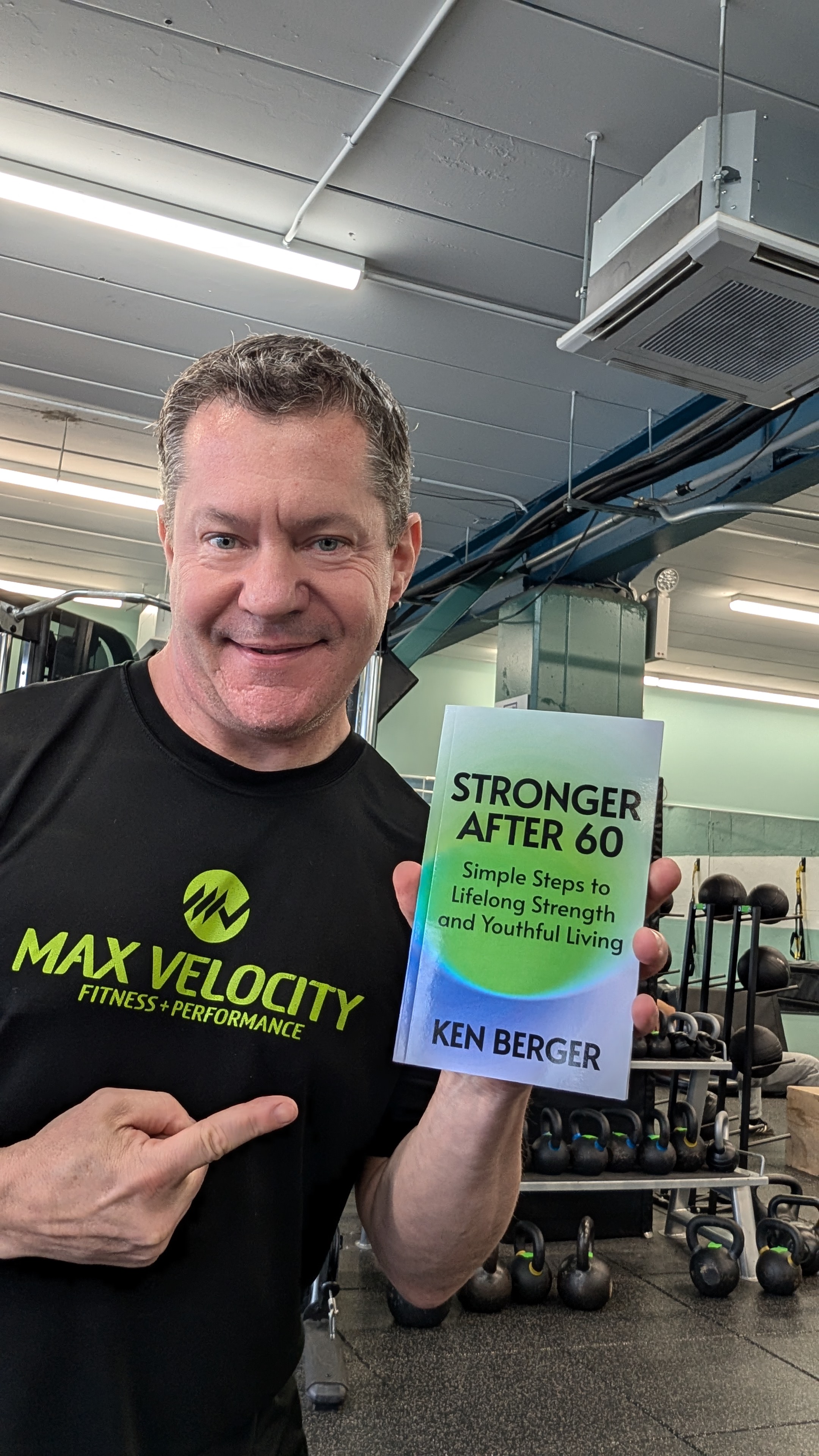
And TODAY, You Can Get Your Very Own Copy of Stronger After 60 ... for FREE!
Just click the button below, fill out your info, and a copy of Stronger After 60
will be on its way to your inbox in seconds!
Don't miss out on this life-changing opportunity. Get your FREE copy of Stronger After 60 NOW.



